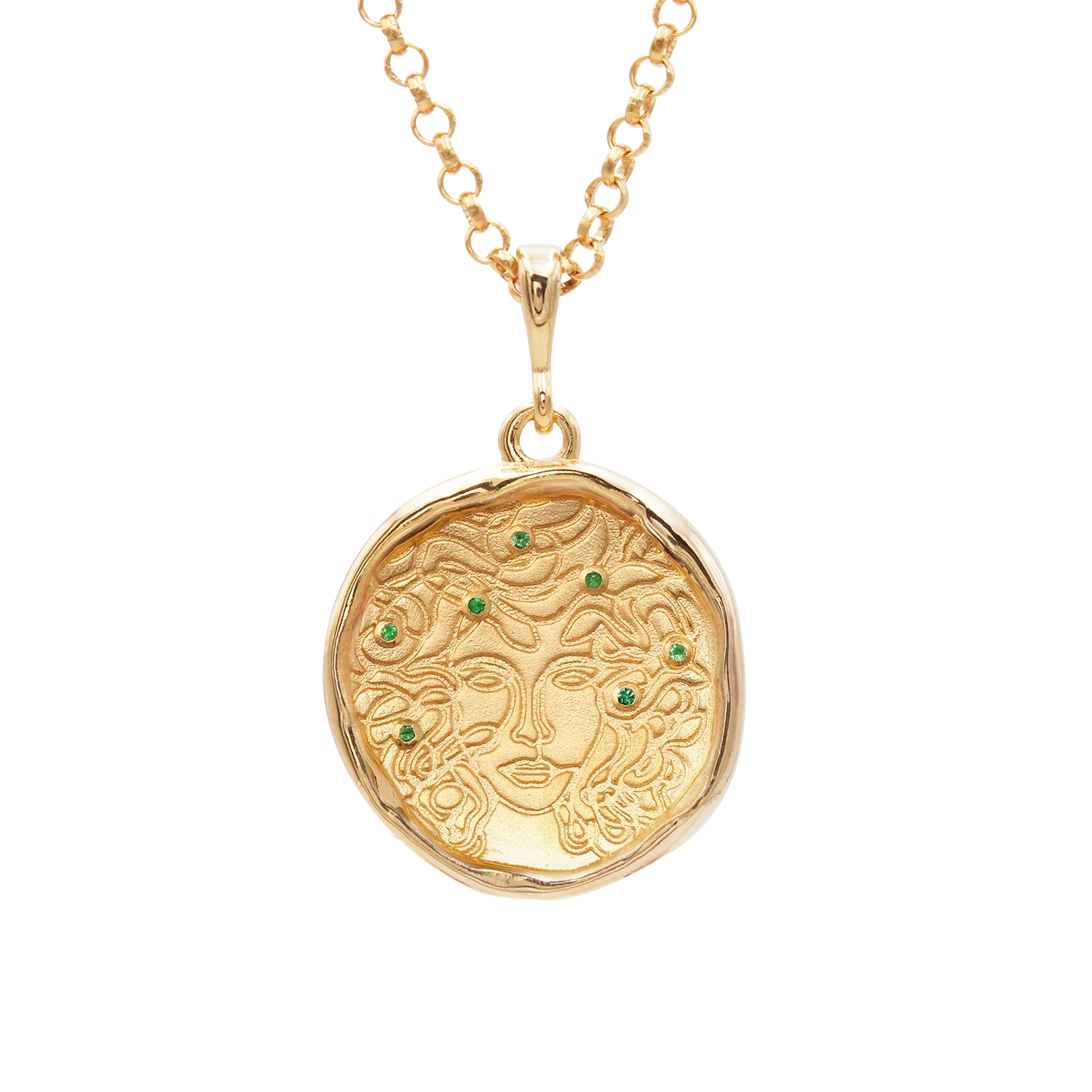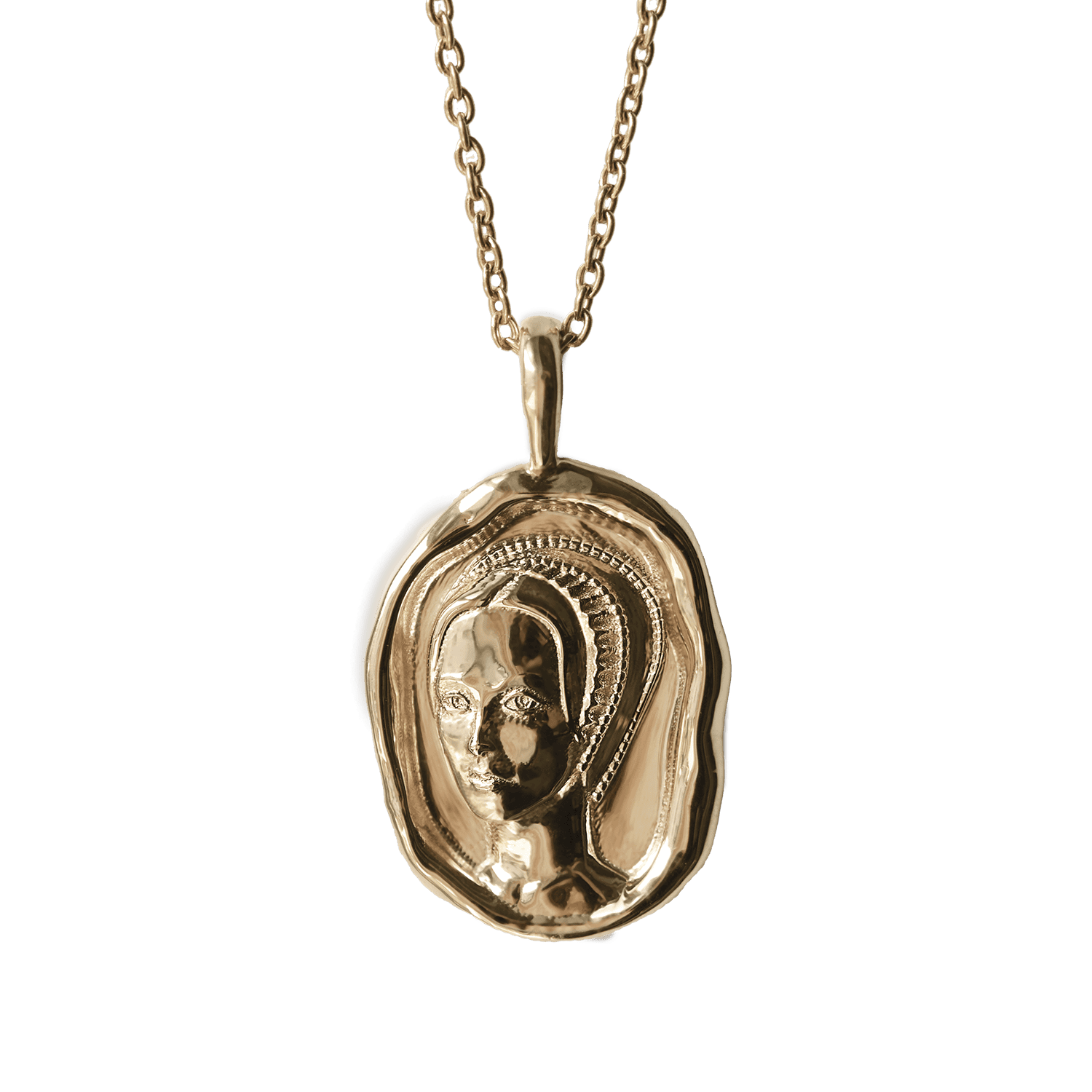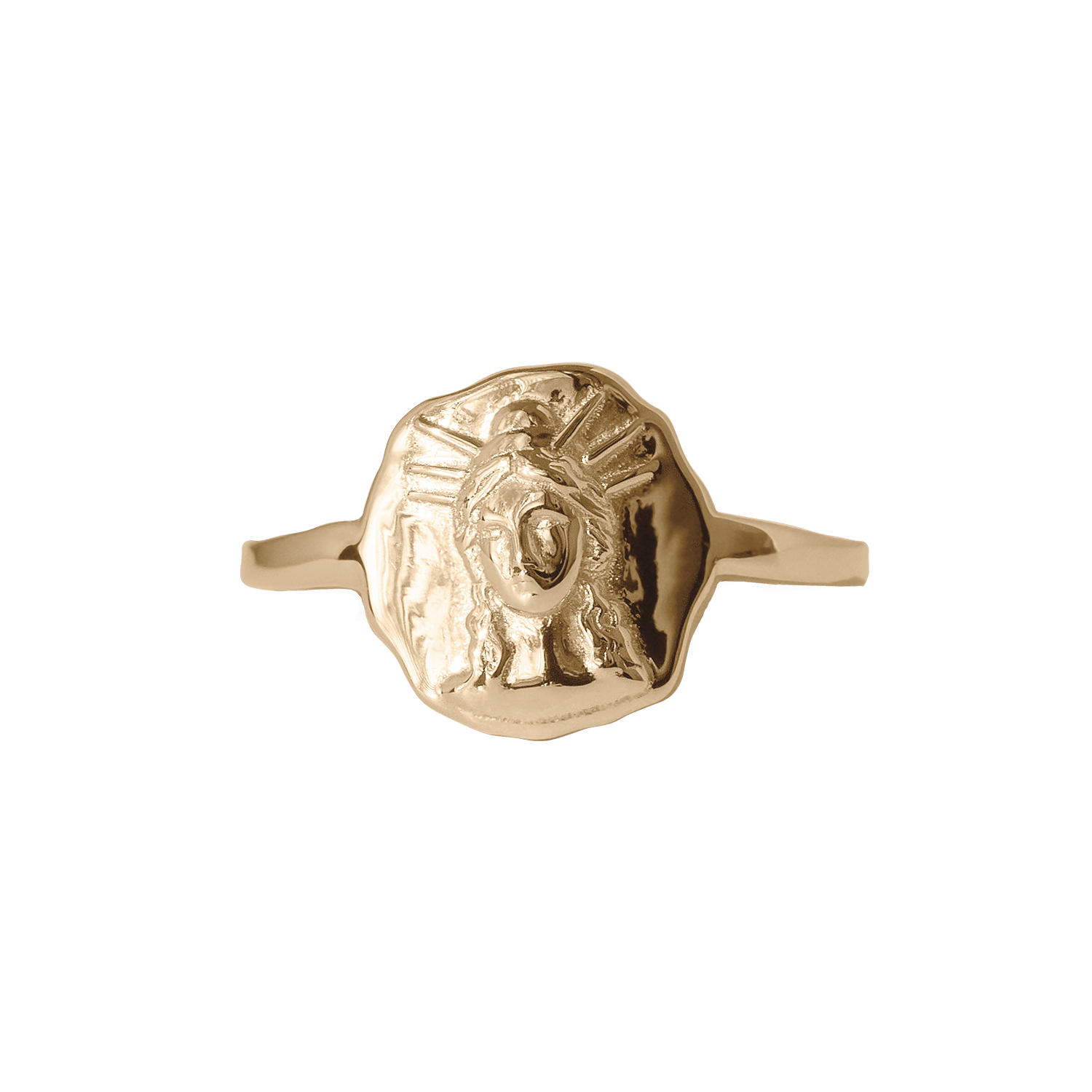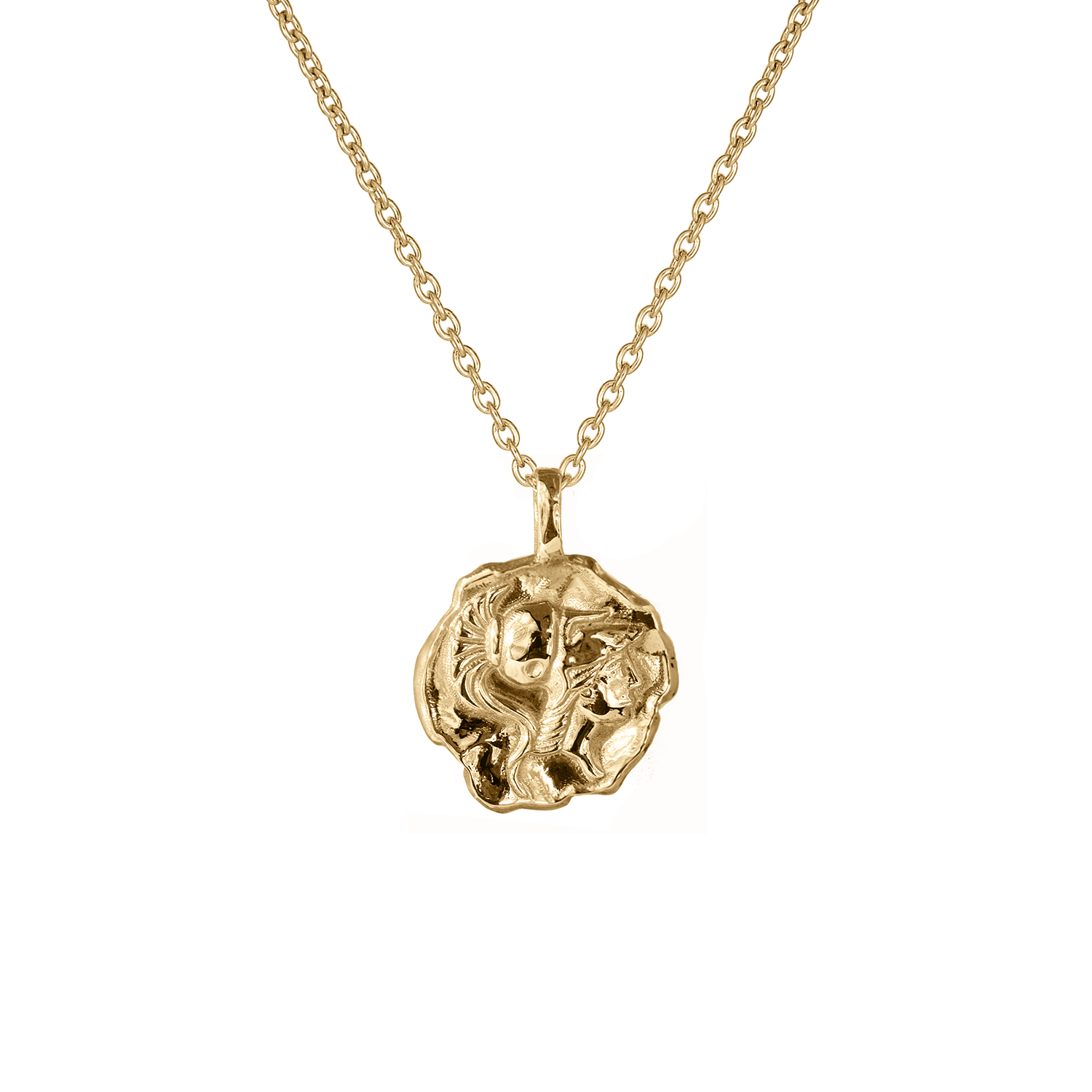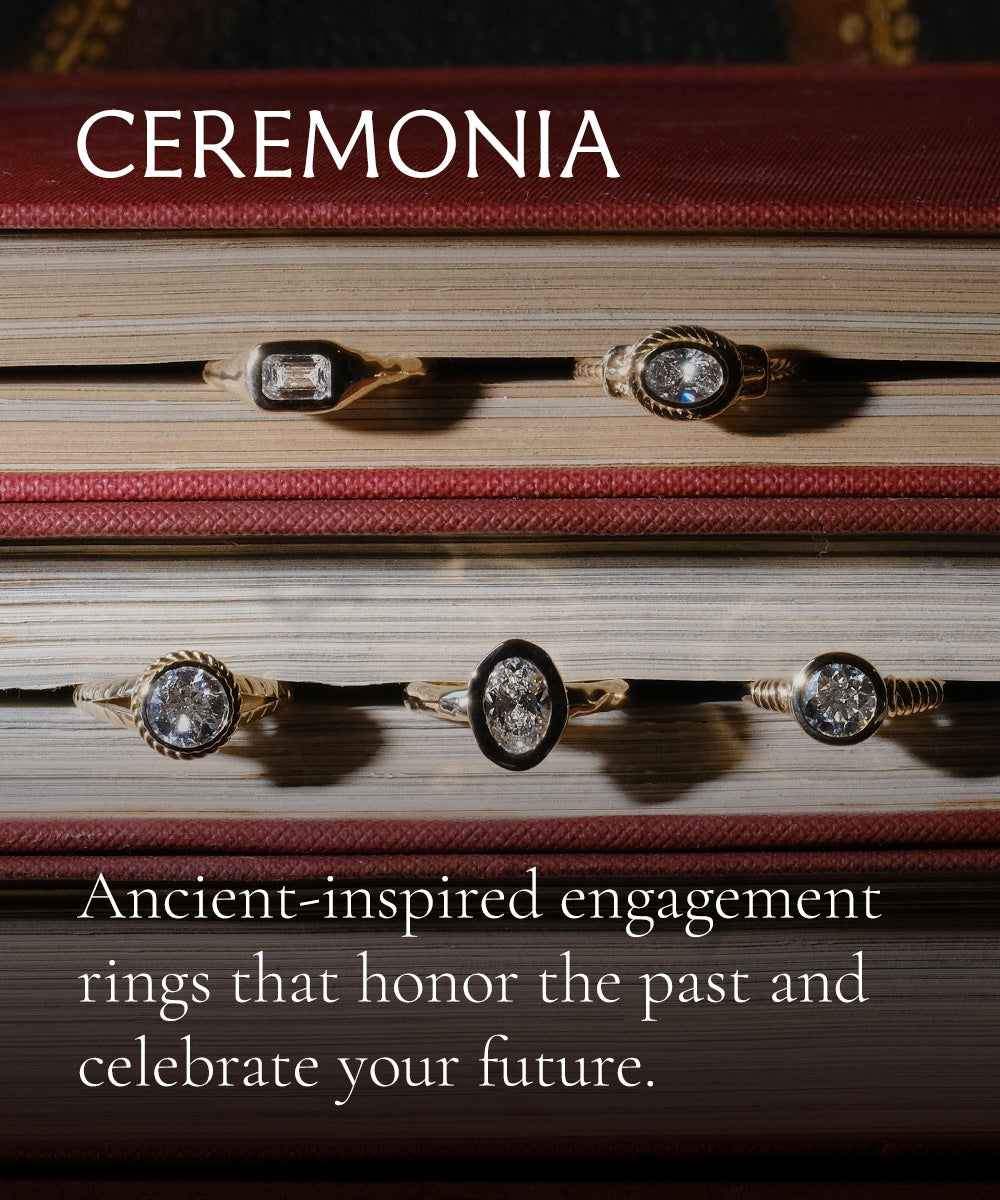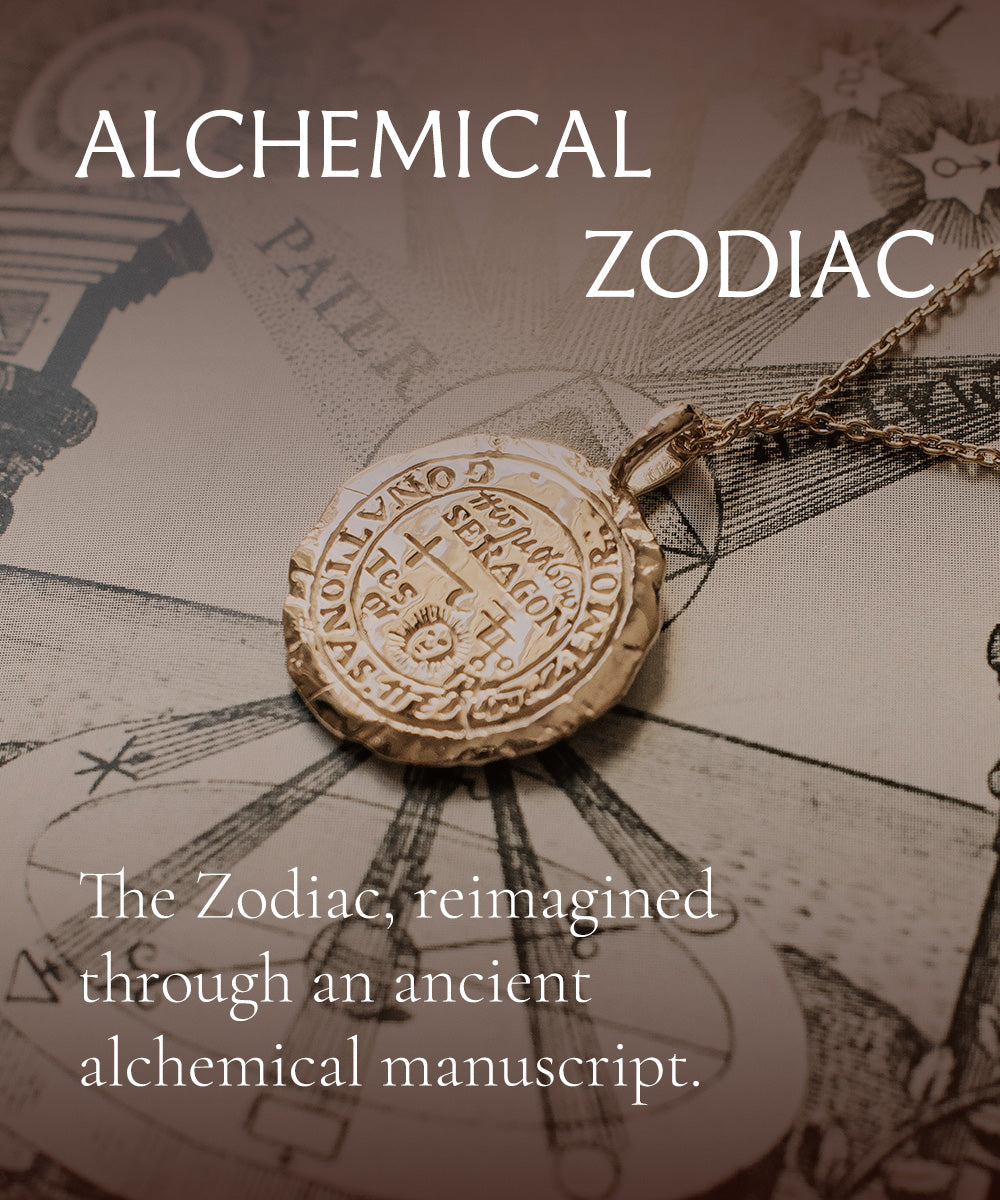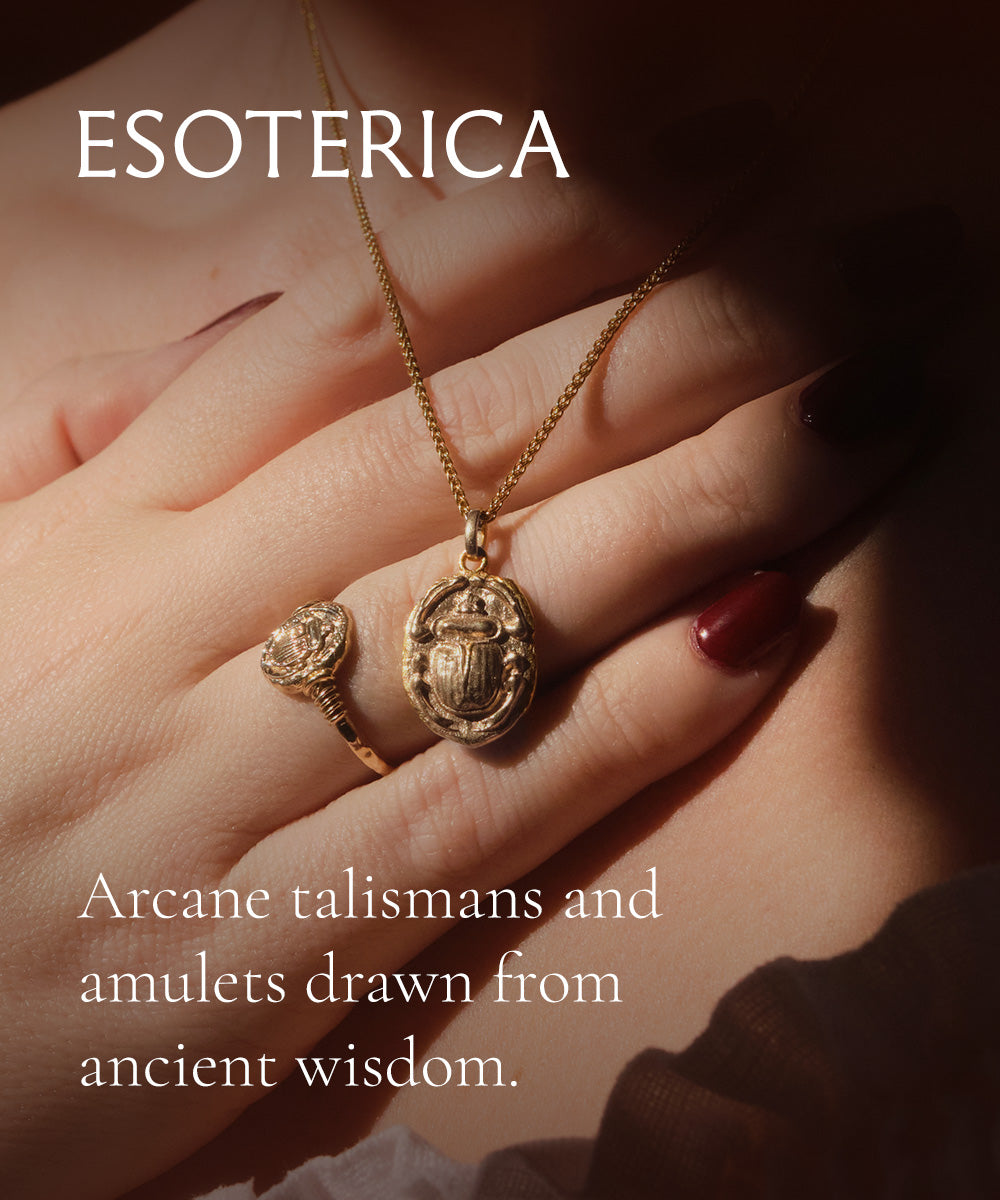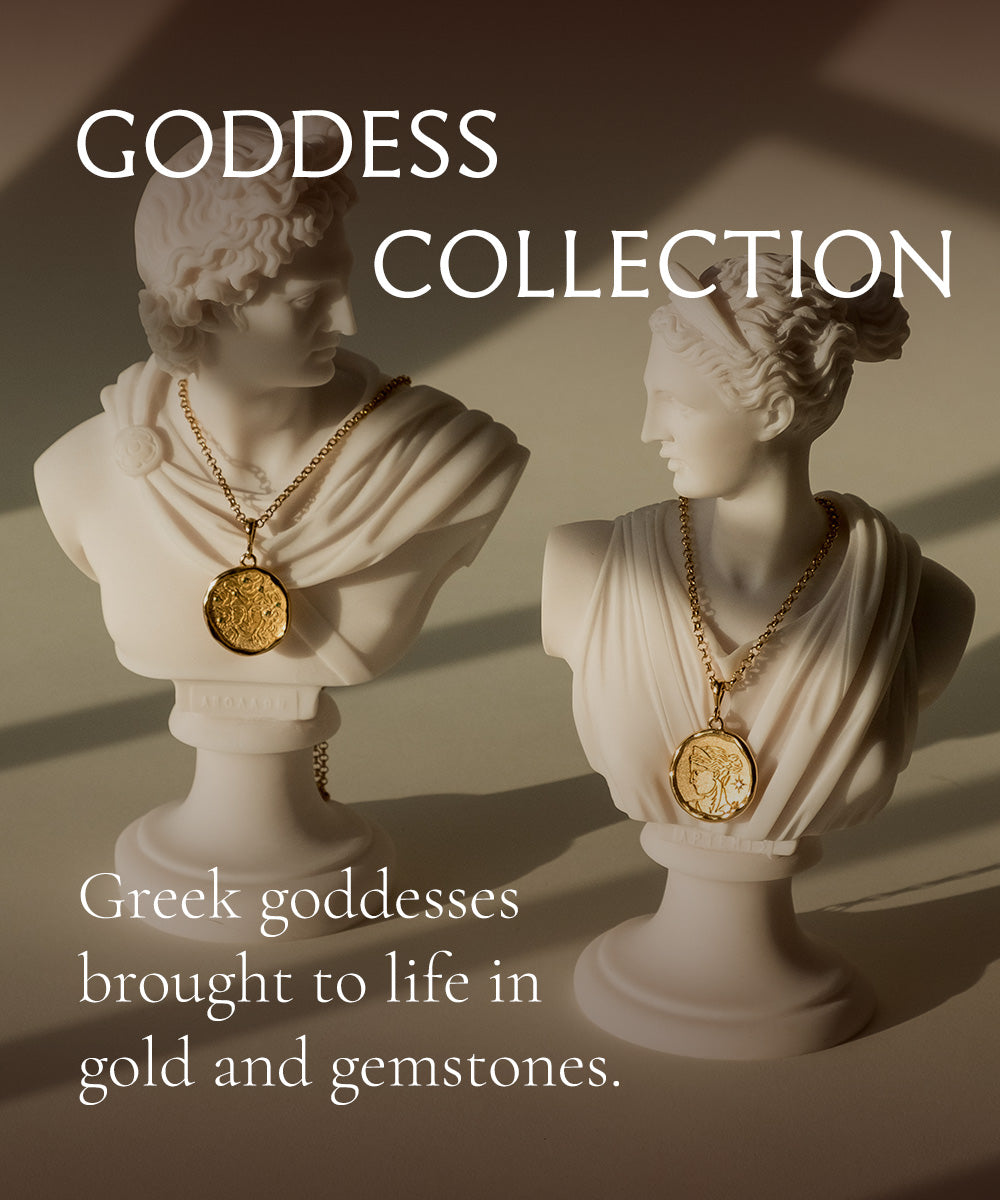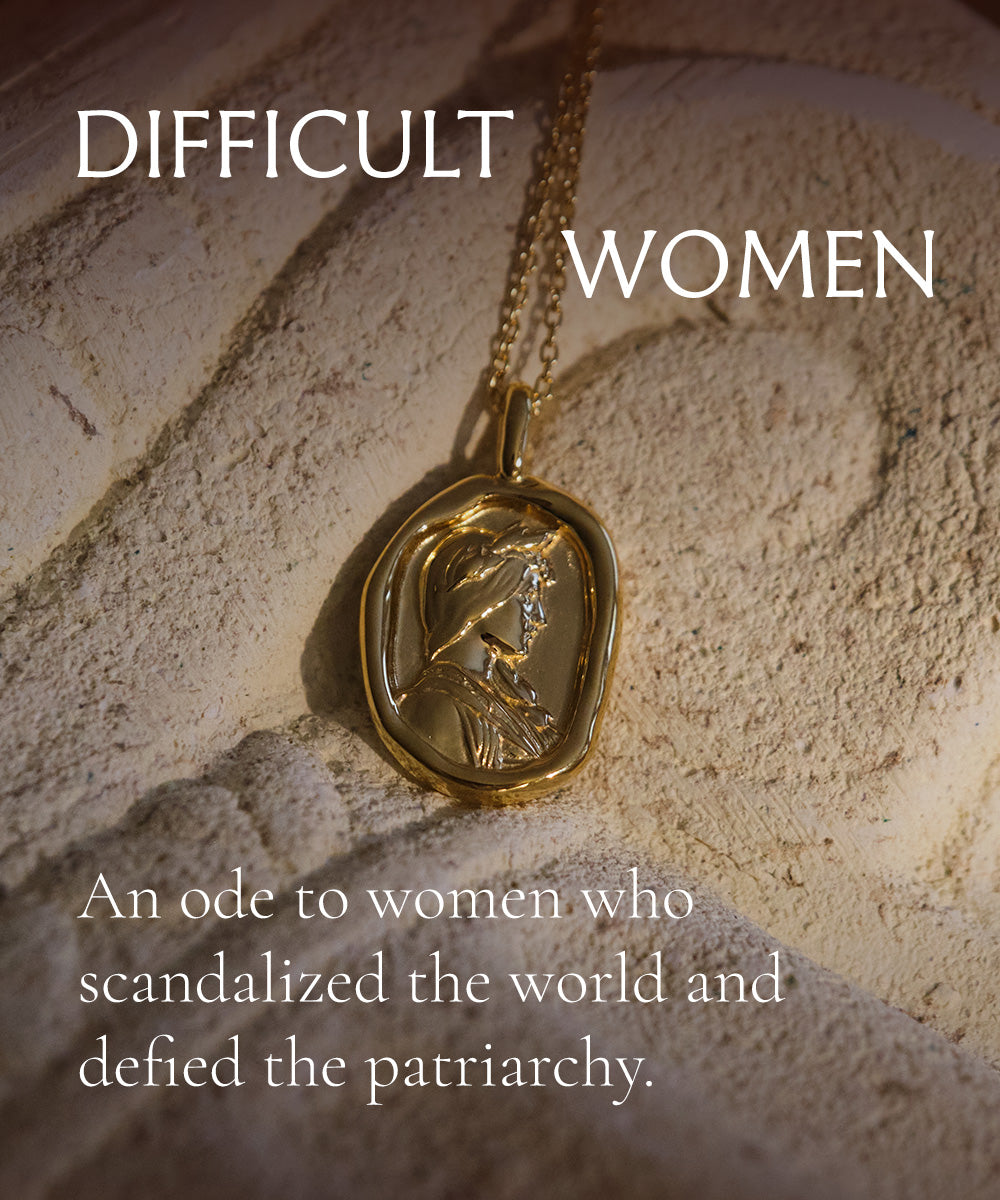Amethyst
The Romans believed amethyst to carry within it temperance and grace, a talisman to ward off drunkenness and the regrets it begets. Prone to rage, fits of lust and impulsivity, Bacchus wandered drunk through the Arcadian forests, tigers prowling at his feet. The god of wine and vineyards raged at some perceived offense, and chanced upon the priestess Amethyst, on whom he turned his fury.
Luckless Amethyst supplicated to Diana, the huntress goddess and protectress of dewy youth—she who appears to young women in need, carrying them from death and placing them in the stars. The goddess turned the mortal woman into a pure white stone, and left Bacchus to his fury, which had cooled and congealed into cloying regret. In his self imposed torment, Bacchus poured a libation over the stone, turning amethyst to a curious, wine-dark color.
Garnet
Its name is rooted in the Greek granatum, meaning pomegranate, for the glasslike seeds. Lore and legend ties the winter fruit to Persephone, the queen of the underworld.
The blood red hue of the garnet has been believed to protect the wearer from harm, as if Persephone herself has passed a hand over the brow of the wearer and deemed them still fit for the land of the living. Physical ailments will heal or be avoided entirely, while calmness and diplomacy will bloom where anger, discord and anxiety have been.
Aquamarine
French poet Catulle Mendès described aquamarine as a siren's tears. Born of the sea, they are stones awash with longing, dredged up from the deepest reaches and given to sailors by mermaid lovers to shroud them in saltwater and protect them from the wrath of the ocean. A dream of aquamarine is an omen that points toward new relationships and immeasurably deep connections.
Opal
Marc Antony was enamored of opals. He coveted an opal the size of an almond, banishing the senator who would not give it over. Pliny the Elder wrote of the stone, “there is in them a softer fire than in the carbuncle, there is the brilliant purple of the amethyst; there is the sea-green of the emerald—all shining together in incredible union. Some by their refulgent splendor rival the colors of the painters, others the flame of burning sulphur or of fire quickened by oil.”
The fire lit inside the opal casts such a blinding light that it is said the stone renders the wearer at once invisible to those they wish to avoid, while all else find it impossible to tear their eyes away.
Moonstone
The most delicate and ethereal of gemstones, a moonstone is a column of moonlight plucked from the night air and solidified. The milky color obscures its secrets until turned and peered at just so; within, one will find a soft, feverish blue. To wear a moonstone on a moonless night is to heighten prophetic gifts, or even divine the future. For a young woman in the entourage of Artemis, a moonstone protects her as she walks the woods by night.
